Today is the feast of St Pius X, with whom Pope Francis invites many comparisons.
For example, both popes were “unexpected.” I don’t need to revisit this year’s conclave. The 1903 election of Cardinal Sarto was no less dramatic and surprising. The Secretary of State, Cardinal Rampolla, was the favourite to succeed Pope Leo XIII. But part-way through the conclave, one of the cardinals communicated the Austrian Emperor’s royal veto, which disqualified Rampolla. Cardinal Sarto was duly elected, and one of his first acts as Pope Pius X was the abolition of conclave vetoes.
Pope Pius and Pope France are both seen as ‘pastor popes,’ modelled on the parish priest. Pope Francis has been christened “the world’s parish priest:”
After Mass, Francis stood outside the church and greeted people as they left, patting kids on the head and kissing them, shaking hands and exchanging hugs, with a quick word and a smile for everybody. It’s a scene that plays out every Sunday at Catholic parishes across the world, but one rarely sees a pope doing it. Italian papers immediately dubbed him “the world’s parish priest.”
Pius X was cut from the same cloth. Sarto was not an academic; he was a pastor. He was “promoted” to the episcopate, and then to the cardinalate, and ultimately to the papacy, not because of his learning or administration, but because of his prayerfulness and zeal for souls.
Pius is the only pope of the modern era who delivered a Sunday homily each week. He reformed the Divine Office so that it better accorded with the daily demands placed on the parish priest. He encouraged frequent communion and lowered the age for First Holy Communion.
Pope Francis and Pope Pius are also similar in their governance. Both popes worked with a “parallel curia,” bypassing and often confounding the established curial offices. Sandro Magister elaborates:
In the little office of pope Bergoglio on the second floor of the Casa di Santa Marta, where he has chosen to reside, many things are decided and done that never even pass through the majestic curial offices of the first and third loggia of the Apostolic Palace, a few steps away from the now-deserted pontifical apartment.
The secretariat of state continues its routine work, but much more at work is another secretariat, miniscule but highly active, which in direct service to the pope attends to the matters that he wants to resolve himself, without any interference whatsoever.
A century ago, under the reign of Pius X, it was called the segretariola. Pope Giuseppe Sarto had come to a very negative judgment about the curia at the time, but even after he had reorganized it he was very careful to protect the little personal secretariat with which he had surrounded himself immediately after his election in 1903.
Pius and Francis both exemplify “holy intransigence” — that is, they are decisive leaders, and uncompromising. Insofar as Pope Pius X can be criticised, it is for his efforts to combat modernist heresy. “They want to be treated with oil, soap and caresses,” he is famously quoted. “But they should be beaten with fists. In a duel, you don’t count or measure the blows, you strike as you can.”
Pope Pius was apparently successful in suppressing heresy and dissent. But the madness of the post-conciliar years shows that the Church was not rid of modernism, it was merely driven underground.
These errors notwithstanding, Pius was a good pope, and a holy one. In his own lifetime, many people attributed healings and miracles to his intercession. He always denied involvement. “Mi chiamo Sarto non Santo,” he insisted. “My name is Sarto, not Santo [Saint].”
In his last will and testament, Pius declared, “I was born in poverty, I lived in poverty, I wish to die in poverty.” This, too, finds an echo in Pope Francis: “How I would like a church of the poor for the poor.”
St Pius, pray for us.

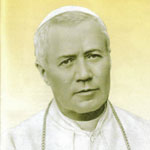
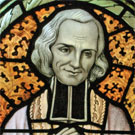
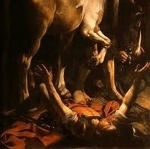
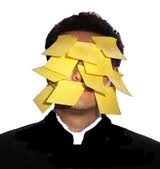
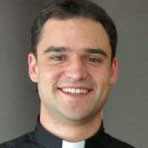
Great work Fr. John I think Pope Pius X like making shoes! He died on August 20th 1914 so next year will be 100th years since he died! I hope St. Pius X Church West Warrnmabool can remain for decades to come it is only 29years old. Of St. Pius x feast day is August 21st. The church was open on August 19th 1984. I hope I never forget St. Pius X we will always in my heart . He took his body of christ very seriously! There is very good video on youtube to watch.
Now some tips for Moonee Valley on Saturday
Race 4No1. Long John
Race 5 No.10 Sentsational report.
Race 6 No12 Digtialism
Race 7 No10 Red Eye Special
Race8 No 1,2 and 14.
Morphettivell in Adelaide
Race 4 No3 Race 7No10 and 14 Race 8 No14.
l am supecting Marc Lieshmann to do well in the golf this week after his wife had anothe baby boy called Oliver! Now they have two boys Harvey and Oliver.
I hope South West trainers have good spring carnival and happu punting and sporting to everyone out there from Simon the pieman Go the Might Magpies.